
Futamura recommends the use of its certified compostable, fibre-based NatureFlex films to manufacture glitter in line with upcoming EU restrictions on microplastic leakage.
According to ECHA, 42,000 tonnes of intentionally added microplastics enter the environment every year. Traditional glitter – comprising tiny particles made from polymer-based materials, which are likely to end up in wastewater and break down into microplastics – is thought to contribute to the problem.
Regulation (EU) 2023/2055 came into effect on 17th October 2023 and aspires to reduce microplastic emissions. While the transition period means that conventional plastic glitter can still be used and sold while alternatives are developed, it will then be banned once this period ends.
Futamura proposes its NatureFlex films as a solution. Made from renewable wood pulp (reportedly sourced from responsibly managed plantations), the films are certified as home compostable under Australia’s AS5810 standard, the French NF T51-800 standard, and according to Din Certco and OK Compost Home protocols.
As a result, the films are believed to biodegrade in soil, marine, and wastewater environments. They are also said to meet industrial composting standards like AS4736, EN13432, and ASTM D6400.
Futamura believes that using NatureFlex films to produce glitter will ensure safe biodegradation in the environment and help tackle microplastic leakage. However, it emphasizes that the glitter should be certified as a final product to ensure that all the relevant certification criteria are met.
“Glitter is a tricky market due to the product almost certainly ending up in the environment, whether wastewater, marine or soil,” explained sales and marketing director Andy Sweetman. “NatureFlex allows for a more viable, less damaging, end-of-life scenario than conventional glitter produced from conventional plastic materials.
“A switch to compostable glitter is a step towards reducing the ever-growing microplastic problem we are facing in our soils and seas today.”
In a similar development, Ronald Britton revealed its ‘plastic-free’ glitter back in 2019. Designed to biodegrade in the natural environment, the product was said to be the first glitter to receive microplastic-free verification from the EU and official OK Biodegradable Water certification from TÜV.
Glitter’s environmental impacts are often discussed during the festive season. Last Christmas, we delved deeper into the ways businesses aim for sustainability in gift wrapping; this includes retailers like John Lewis and Dunelm removing glitter from their wrapping paper ranges.
Elsewhere in the industry, Futamura previously provided its NatureFlex films for Conserving Beauty’s cleansing wipe packaging. As well as offering certified biodegradability, the films are said to unlock ‘excellent’ aroma, gas, and moisture barriers, keeping the product fresh until it is used by the consumer.
If you liked this story, you might also enjoy:
The ultimate guide to the Packaging and Packaging Waste Regulation in 2025
How are the top brands progressing on packaging sustainability?
Everything you need to know about global packaging sustainability regulation in 2025
The key to increasing the use of reusable packaging in supermarkets

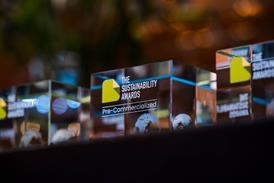
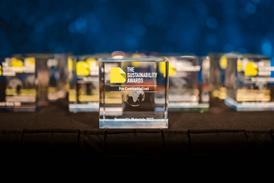
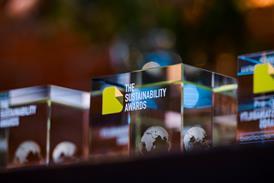
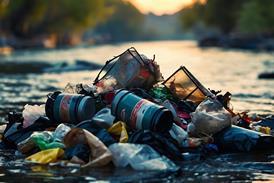
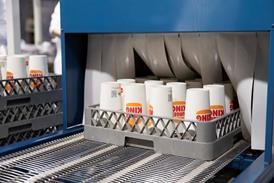















No comments yet